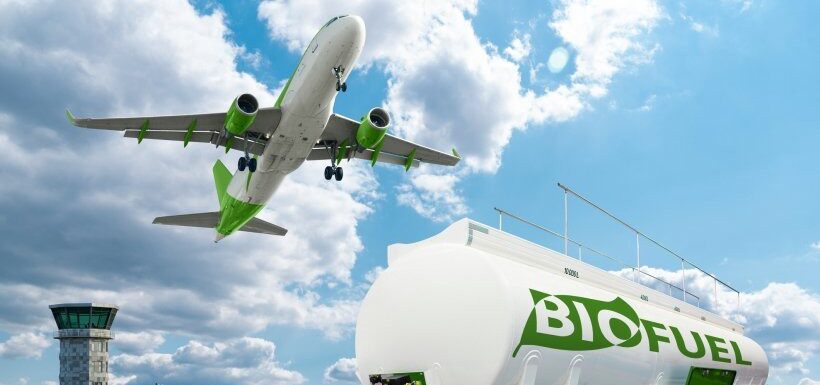The U.S. Federal Aviation Administration issued a release with information about the various initiatives the industry is working on to reduce its environmental impact that, at first glance, may go unnoticed by passengers.
- More efficient and cleaner engines: Manufacturers are increasingly innovating to reduce consumption during operations and, therefore, greenhouse gas emissions. But new generations of engines also emit far fewer soot particles, which reduces the «black exhaust» typical of older jet aircraft.
- Smoother arrivals: Work is underway to smooth aircraft descents and avoid staggering procedures. This leads to huge savings in fuel consumption and emissions.
- Electric vehicles on the ground: While a future of aviation with alternative propulsion to conventional fossil fuels is projected, the incorporation of electric vehicles on the ground will lower pollution levels. «These changes are expected to reduce ozone emissions by 1,703 tons per year over the next 5 years,» they say.
- Photovoltaic energy to supply the electrical demand of airports: This is the case of Tucson Airport, for example, which has an installation of solar panels that provides about 50% of the energy required by the terminal. According to the FAA, «the environmental benefits are equivalent to a reduction of 25,000 gallons of gas burned and 245 tons of carbon dioxide emitted per month».
- Green roofs: The benefits are multiple, including sound insulation, reduced energy use, and protection of air quality in the surrounding area. There are currently green roof installations at airports in Seattle, Portland, and Chicago, among others.
- Taxiing efficiency: Aircraft taxiing can also be improved. That is why the FAA is implementing software that «calculates gate rollbacks and will minimize taxi delays and ramp congestion, and reduce fuel consumption and CO2 emissions,» they reported in the release.
- New ways to power aircraft: Finally, one of the most publicized initiatives, the use of sustainable fuels – which reduce emissions by up to 80% compared to conventional fossil fuels – and the work being carried out by different actors in the sector to certify other forms of propulsion from hydrogen or batteries.
Although these seven points are directly related to what is happening in the United States, as we have been reporting in Aviacionline, there are many projects around the world that are directing their efforts to promote the sustainable future of aviation. In this regard, at the last IATA General Assembly, held in 2021, member airlines agreed to achieve carbon neutrality by 2050, which represents a major challenge for all actors that are part of the industry globally.














